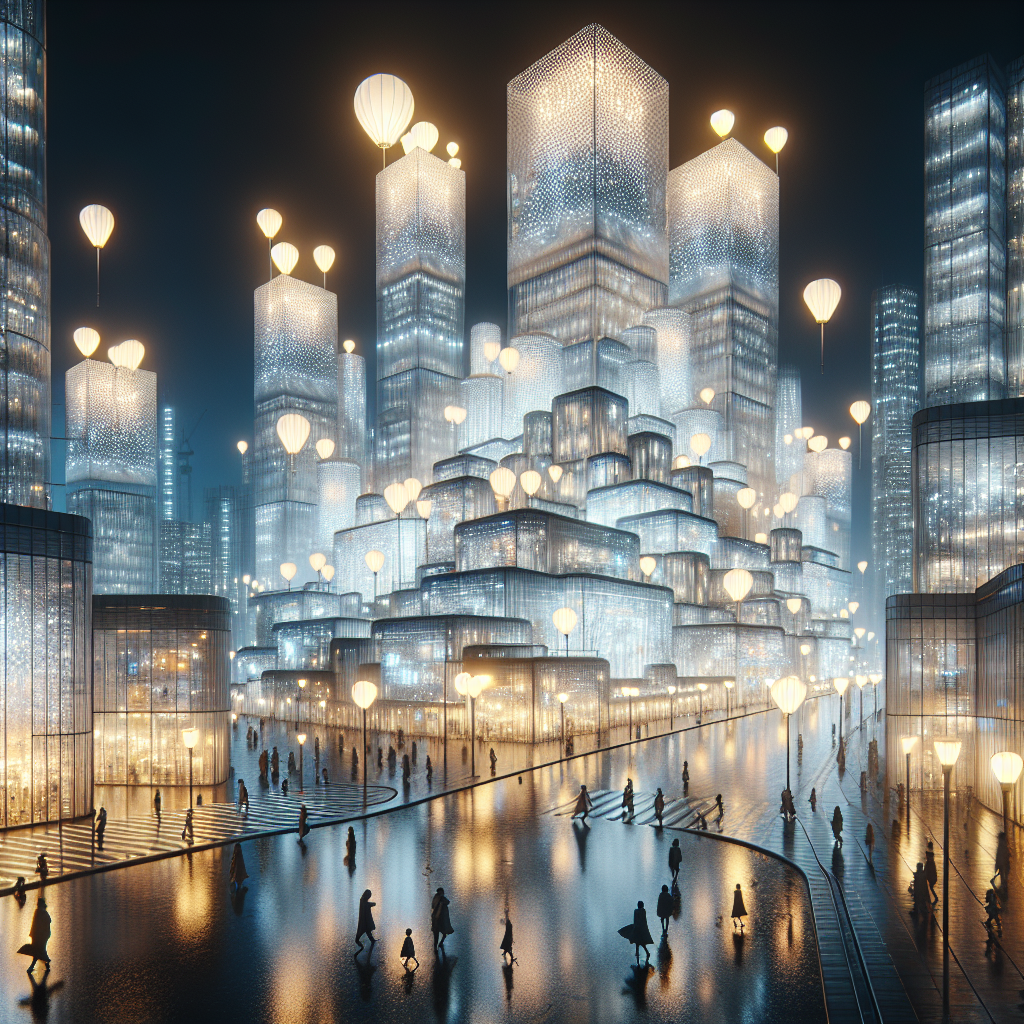Revolutionizing the Water World: Design’s Pivotal Role in Tackling the Global Water Crisis

The Global Water Crisis: A Complex Challenge
The global water crisis is a complex challenge that encompasses not only the physical shortage of freshwater but also inadequate access to clean drinking water and sanitation services. Climate change exacerbates the situation, making the need for innovative design solutions more urgent than ever.
Designing with Nature: Biomimicry in Water Management
One groundbreaking approach to addressing water scarcity is the utilization of biomimicry in design. This nature-inspired process involves emulating the strategies and patterns found in nature to develop effective solutions. For example, the Namib Desert Beetle possesses a unique ability to collect water droplets from the fog-laden air, inspiring designers to create passive water collection systems mimicking the beetle’s technique.
Sustainable Buildings and Infrastructure: A Water-Saving Solution
Another promising avenue for addressing water scarcity is through the design of sustainable buildings and infrastructure. Architects are incorporating water-saving features, such as rainwater harvesting systems, greywater recycling, and low-flow fixtures, into their designs. One notable example is the Sahara Forest Project, which marries architecture, technology, and ecology to grow crops in arid regions using seawater and sunlight.
The Potential of Emerging Technologies: Nanotechnology and AI
Emerging technologies like nanotechnology and artificial intelligence (AI) are also making waves in the fight against water scarcity. Nanotechnology-based filters, such as graphene oxide membranes, have the potential to revolutionize water desalination processes, making them more efficient and less energy-intensive. On the other hand, AI-driven data analysis can help optimize water distribution networks, minimizing leaks and reducing wastage.
Collaboration: The Key to Holistic Solutions
As we ponder the power of design in tackling the global water crisis, it is essential to highlight the role of collaboration. Designers, architects, engineers, and policymakers must work hand-in-hand to develop holistic solutions that address the issue from multiple angles. Moreover, public awareness and education campaigns are necessary to promote a shift in societal attitudes towards water conservation.
Conclusion: A Sustainable and Water-Secure Future
In light of these examples, it is evident that design and architecture play a vital role in mitigating the global water crisis. By embracing innovative design strategies and harnessing cutting-edge technologies, we can work towards a more sustainable and water-secure future.





